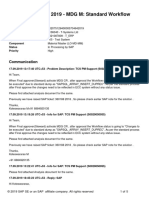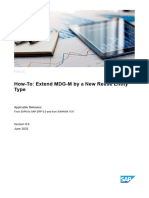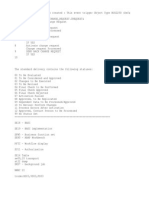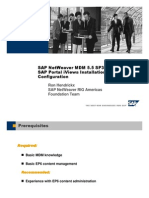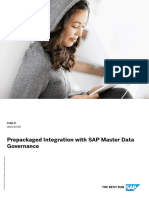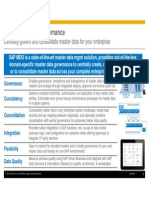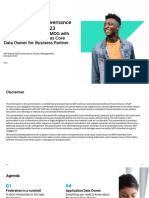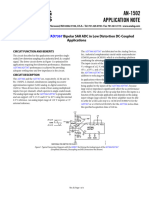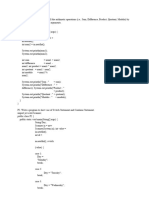0% found this document useful (0 votes)
179 views3 pagesSAP MDG Technical Interview QA
The document outlines key technical interview questions and answers related to SAP Master Data Governance (MDG). It covers major elements of the governance framework, differences between Flex and Reuse modes, configuration of custom fields, workflows, data replication, and integration with other systems. Additionally, it addresses data stewardship, migration considerations, and the implementation of validations and derivations.
Uploaded by
krishna.sap.technicalCopyright
© © All Rights Reserved
We take content rights seriously. If you suspect this is your content, claim it here.
Available Formats
Download as PDF, TXT or read online on Scribd
0% found this document useful (0 votes)
179 views3 pagesSAP MDG Technical Interview QA
The document outlines key technical interview questions and answers related to SAP Master Data Governance (MDG). It covers major elements of the governance framework, differences between Flex and Reuse modes, configuration of custom fields, workflows, data replication, and integration with other systems. Additionally, it addresses data stewardship, migration considerations, and the implementation of validations and derivations.
Uploaded by
krishna.sap.technicalCopyright
© © All Rights Reserved
We take content rights seriously. If you suspect this is your content, claim it here.
Available Formats
Download as PDF, TXT or read online on Scribd
/ 3
















